- Home
- slideshows
- miscellaneous
- The founder of L'Oreal was linked to a Nazi-sympathizing secret society that likely murdered people and set off bombs before and during WWII - here's the full surprising story
The founder of L'Oreal was linked to a Nazi-sympathizing secret society that likely murdered people and set off bombs before and during WWII - here's the full surprising story
So what does does the founder of one of the world's most famous cosmetic companies have to do with all this murder and mayhem?

Schueller came from a middle-class background, the son of pastry shop owners. He went into chemistry and struck it big in 1908 when he developed a new hair dye formula, oftentimes trying the dye on his own hair.
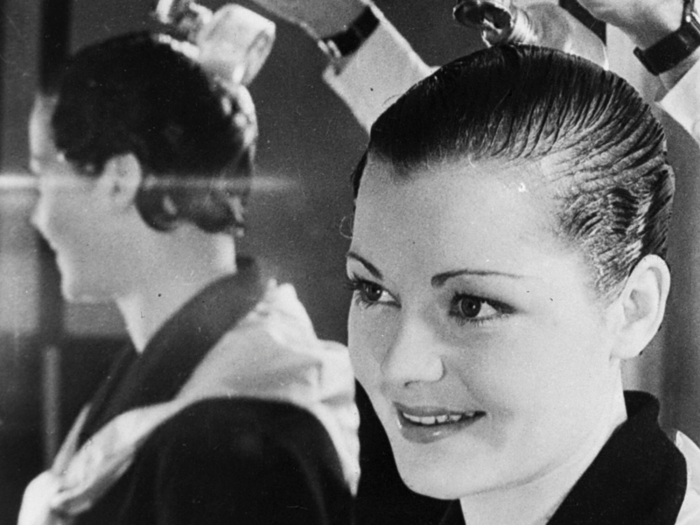
He named the new product L'Oréal, a pun on the French word for "halo." By the 1930s, Schueller was making a killing by embracing "new marketing methods," according to "A History of the International Chemical Industry."

A Smithsonian magazine profile described Schueller as ambitious and hard-working to an "obsessive" degree. Before he became drawn to fascism, he flirted with socialism and Freemasonry.
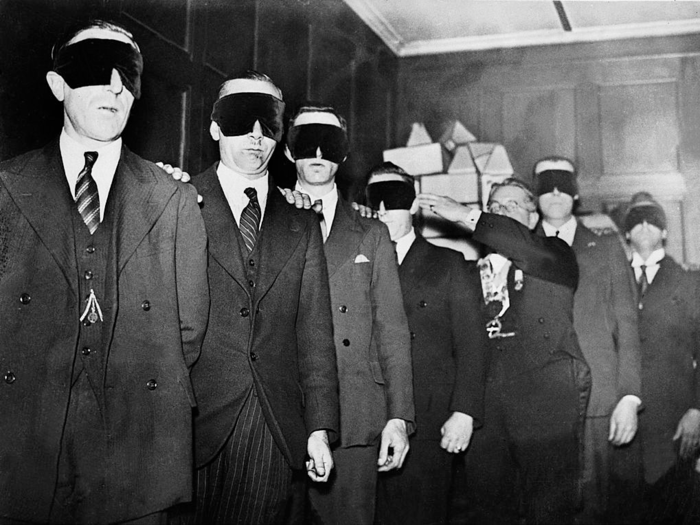
Source: Smithsonian
He came to adopt anti-republican views and also advocated paying employees a salary based on their production, rather than the number of hours they worked, a policy which he even tried out at L'Oréal.
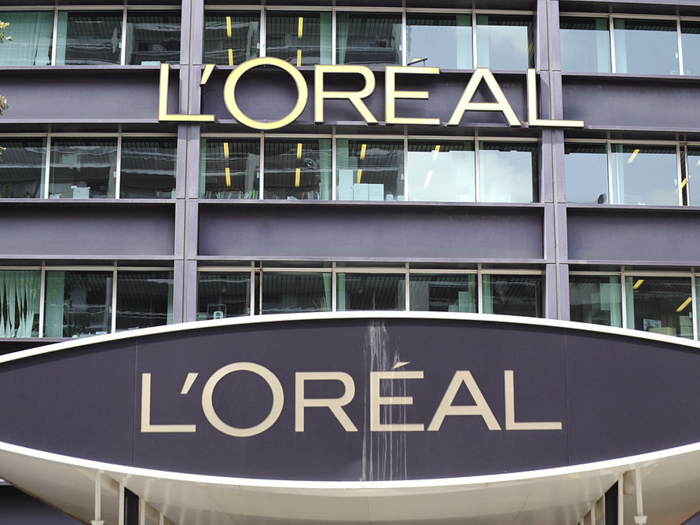
Source: Smithsonian
Despite being a French nationalist, Schueller spoke admiringly of then up-and-coming Nazi Germany and even praised Adolf Hitler's "dynamism." He blasted the traditional French ideals of liberty, equality, and fraternity as "childish," according to Smithsonian.
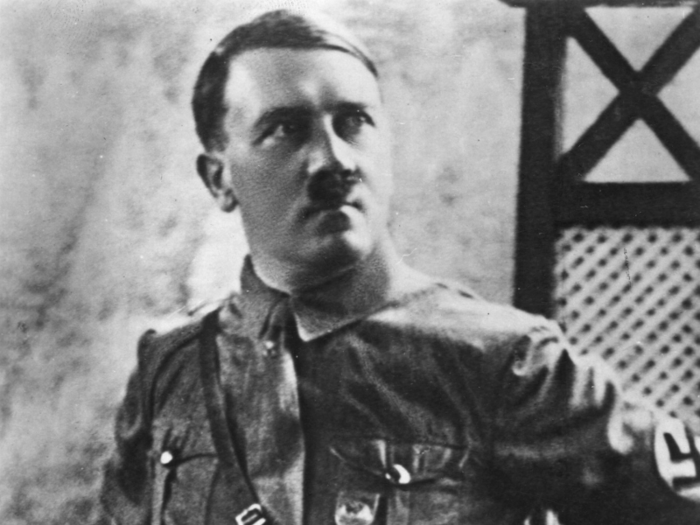
Source: Smithsonian
Schueller's views — along with his heaps of money — would've made the company founder an attractive ally for Eugene Deloncle. Deloncle was a right-wing radical who previously belonged to the conservative Action Française movement.
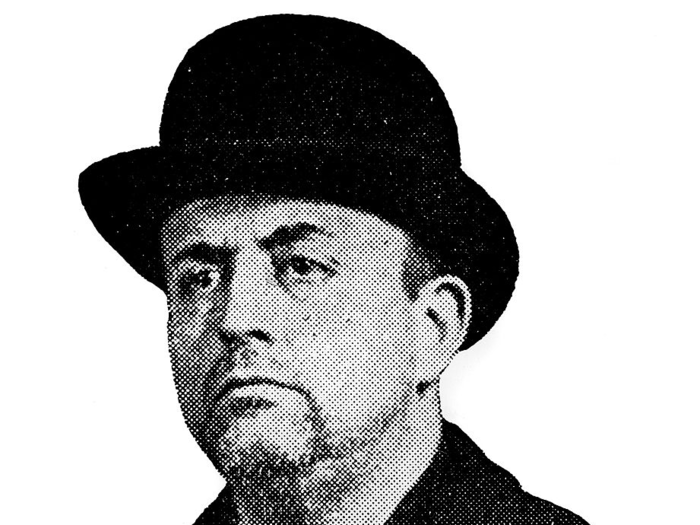
Deloncle was the man who founded La Cagoule around 1935. The group organized itself like a military, with light squads of seven men and heavy squads of 12 men.
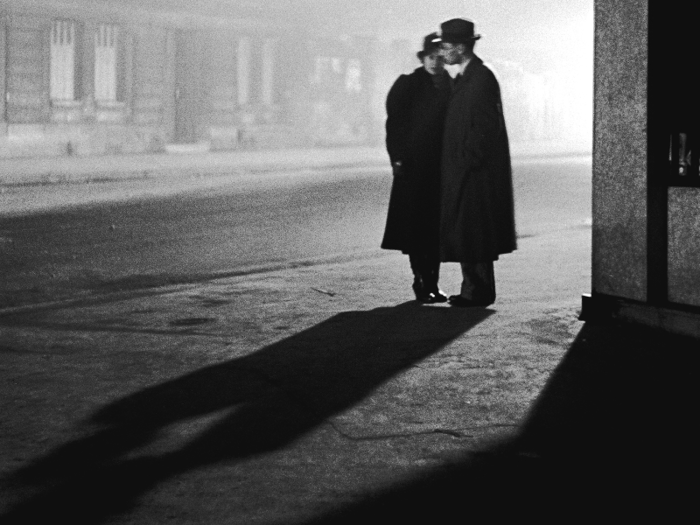
Its mission was ambitious: topple the French Third Republic and set up a right-wing authoritarian state.
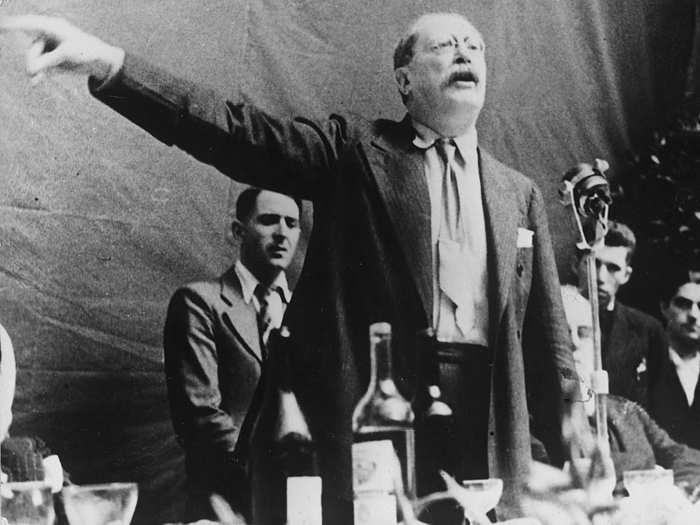
La Cagoule echoed Action Française's anti-republicanism and added a fascist twist. Deloncle and his followers pitted themselves against France's left-wing Popular Front, which was led by socialist prime minister Léon Blum.
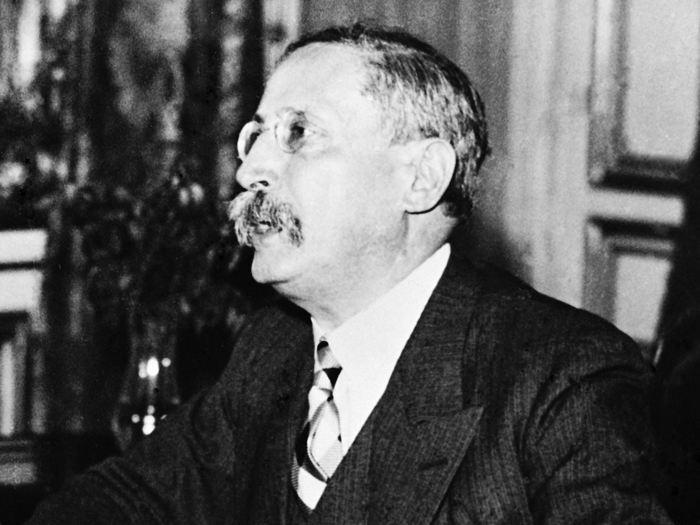
According to the Smithsonian, Deloncle befriended Schueller and recruited him to join the group. Schueller reportedly donated funds to the cause and hosted meetings in L'Oréal's headquarters.
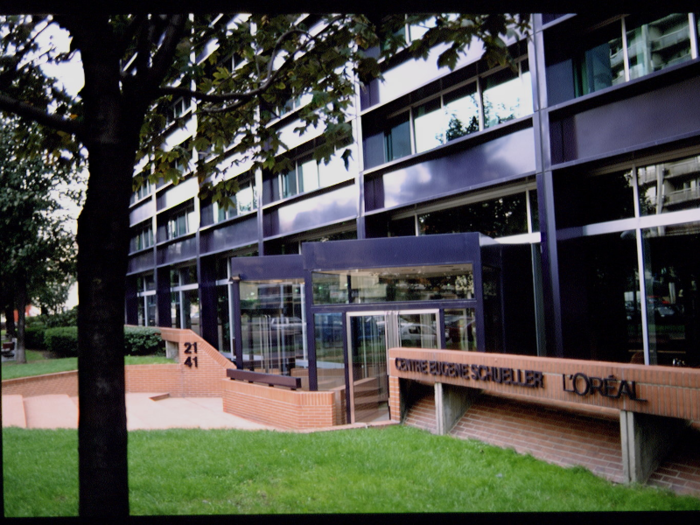
Source: Smithsonian
There's no smoking gun when it comes to Schueller's direct involvement with the pre-war iteration of La Cagoule, but historians like Brunelle and Finley-Croswhite agree that it's highly likely that he supported the pre-war society.
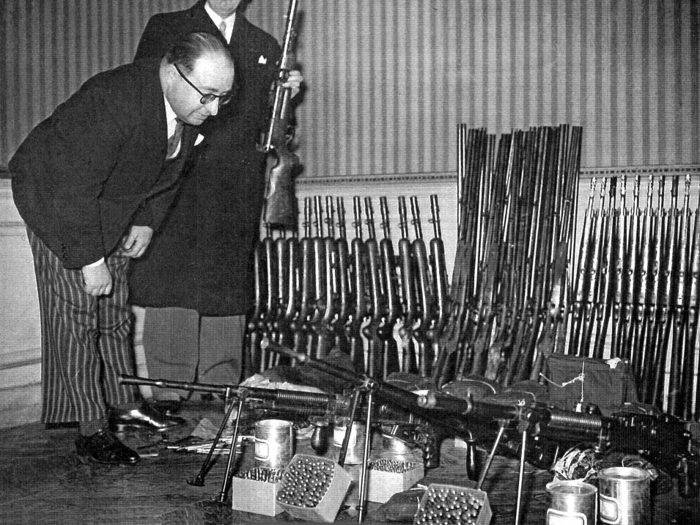
Schueller's writings certainly indicate that he shared many of the group's nationalistic, anti-Semitic, and anti-communist sentiments. Some members of La Cagoule were primarily motivated to abolish democracy in France, while others were spurred on by their desire to prevent the communist coup that the group claimed was on the horizon.
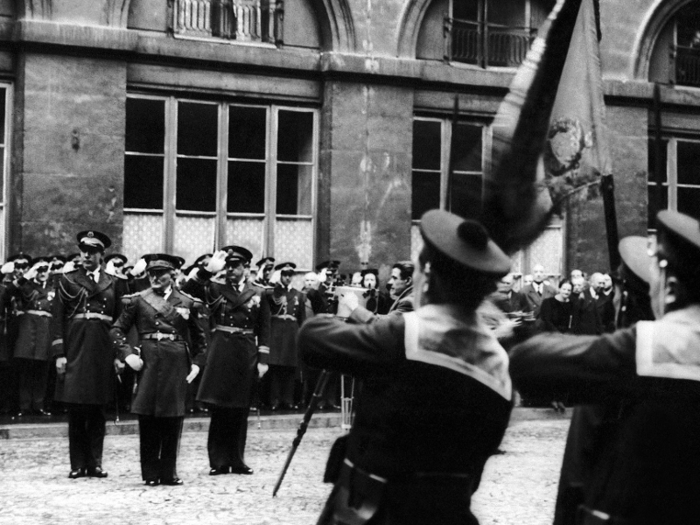
Finley-Croswhite and Brunelle write that La Cagoule formed in a time of "rising unemployment, massive labor unrest and general post-World War I malaise."
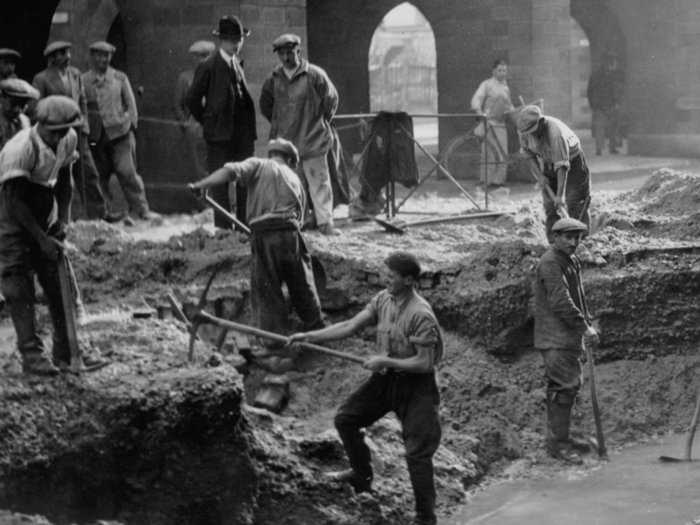
It's unknown exactly how many people joined La Cagoule. Estimates about the number of members — or "Cagoulards" — have ranged from 200 to the thousands.
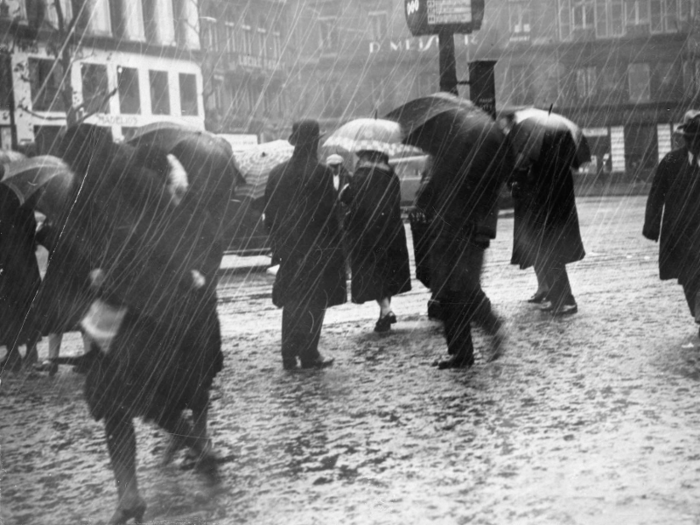
Despite the society's name and covert nature, historian Jean-Denis LePage wrote that members probably only wore Ku Klux Klan-esque hoods occasionally. The group was still highly secretive, however. Blabbing and treachery were said to be punishable by death.
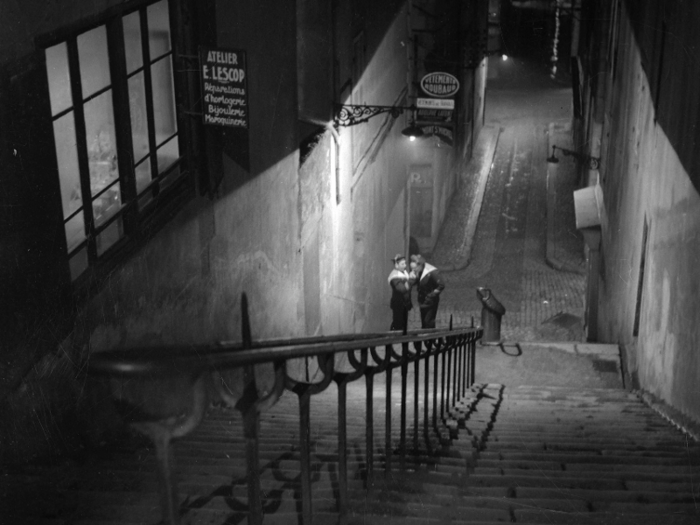
LePage wrote that new initiates were warned: "If you ever reveal our secrets, we'll shoot you."
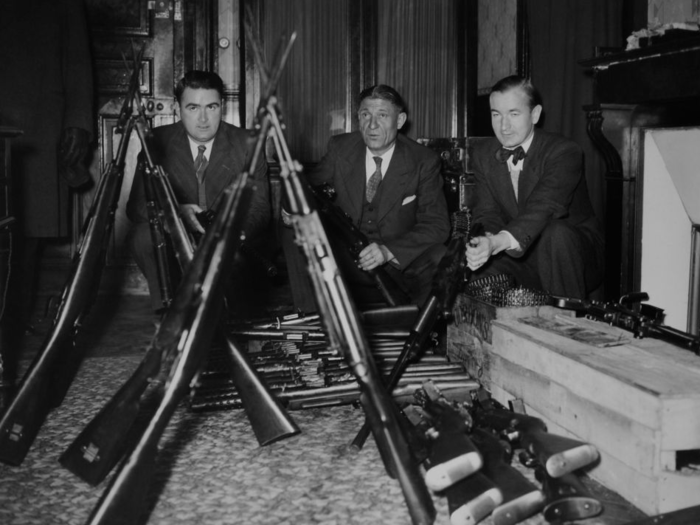
La Cagoule murdered affiliates, like gunrunner Maurice Juif, for "not playing fair" in his sales, according to historian Robert Forbes.
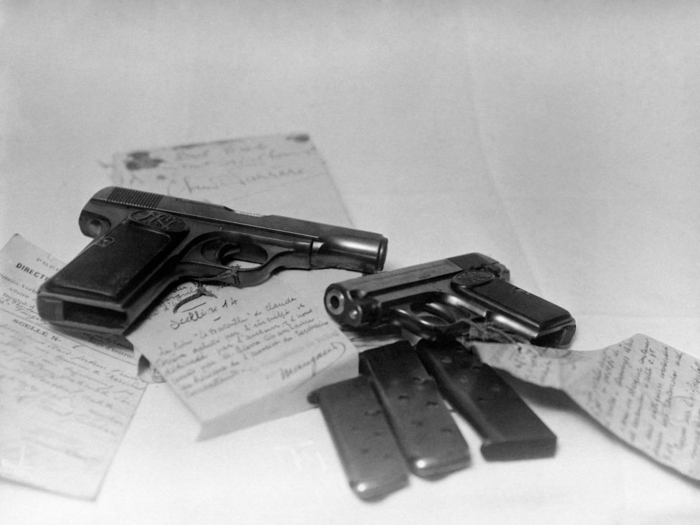
But the society didn't limit its violence to insiders. La Cagoule has been linked to a series of murders in France and abroad.
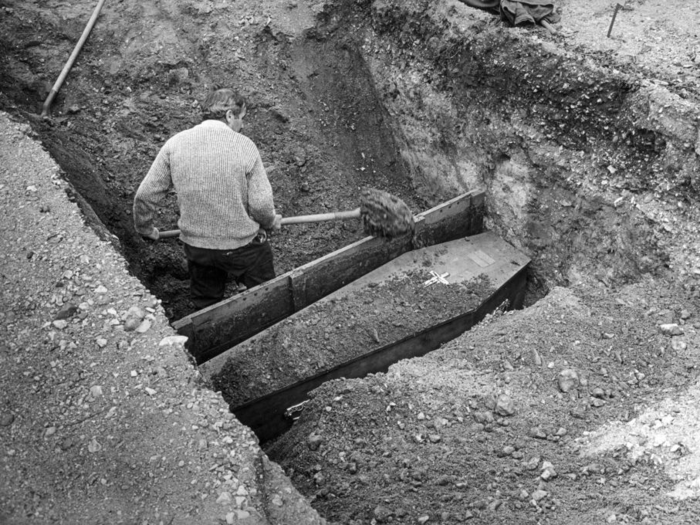
The group may have murdered Russian economist Dimitri Navachine, who was stabbed to death while walking his dog in Paris' Bois de Boulogne on January 26, 1937.
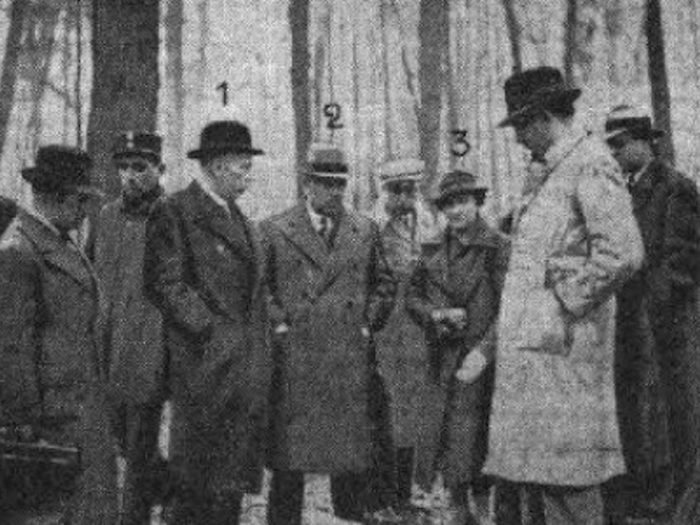
The Soviet Union's NKVD might have been the culprit behind the murder, but the fact that Navachine worked with the Popular Front government would have certainly made him an attractive target to La Cagoule.
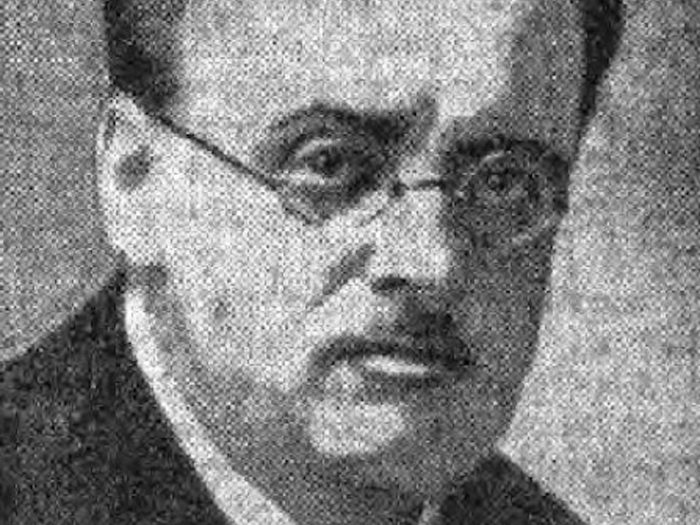
In exchange for 100 Beretta rifles from Benito Mussolini's regime, the group also targeted Italian socialists Carlo and Nello Rosselli, who were living as refugees in France.
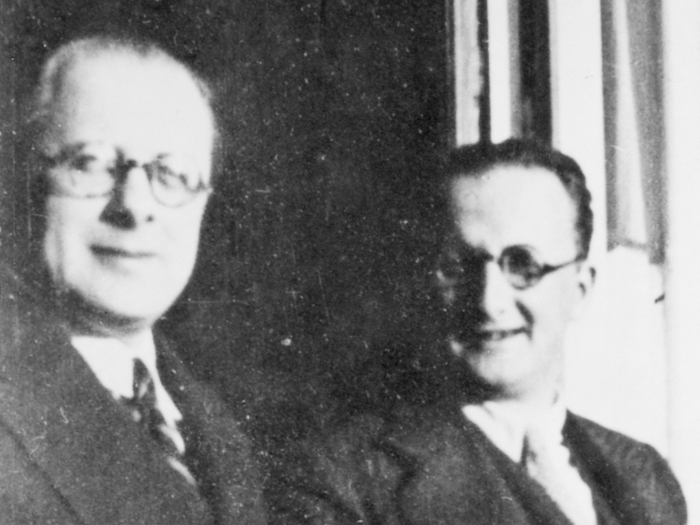
Source: Libcom.org
In 1937, Cagoulards got the brothers to pull over by posing as stranded motorists in Bagnoles-de-l'Orne. Carlo was stabbed to death. Nello fought back, and was knifed and shot.
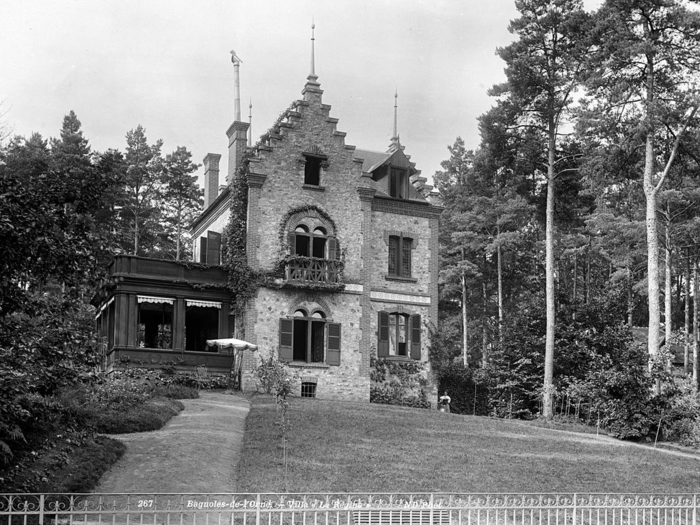
Source: Libcom.org
Cagoulards were also likely behind an infamous locked-room mystery in Paris. On the evening of May 16, 1937, Laetitia Toureaux entered a first-class metro car.
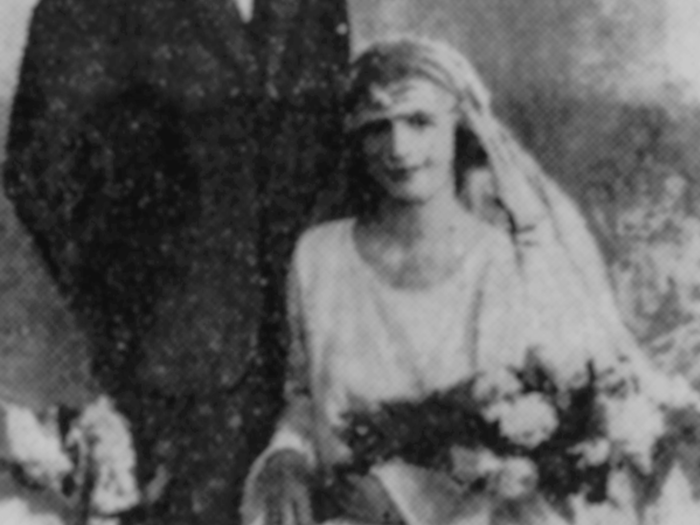
Witnesses say she was the only person who got into the otherwise empty car. When the train pulled to the next station, however, passengers entered the car to find that she was dead, with a knife still stuck in her neck.
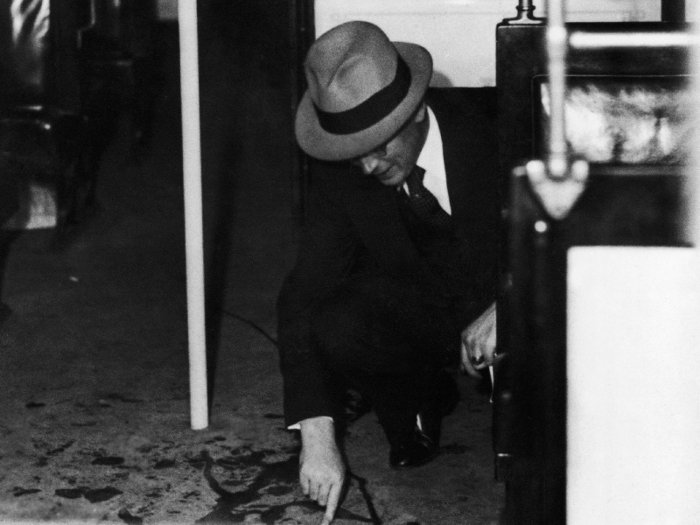
La Cagoule is widely believed to have been behind her murder, given that Toureaux had spied on the group for the police.
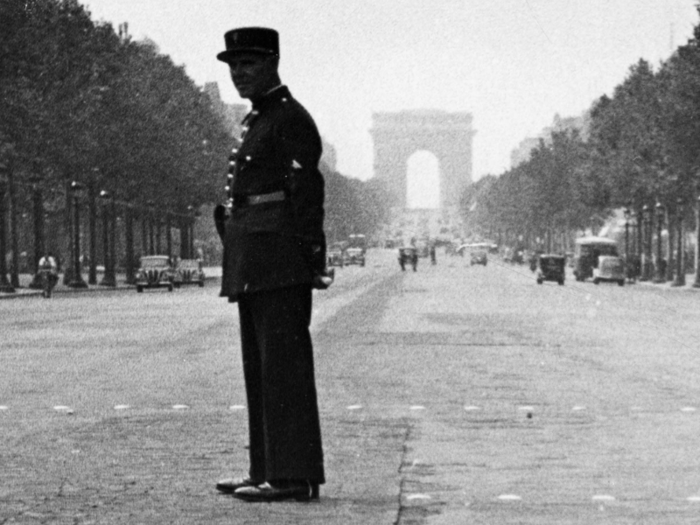
La Cagoule even targeted Blum for assassination, as did other radical right-wing groups.
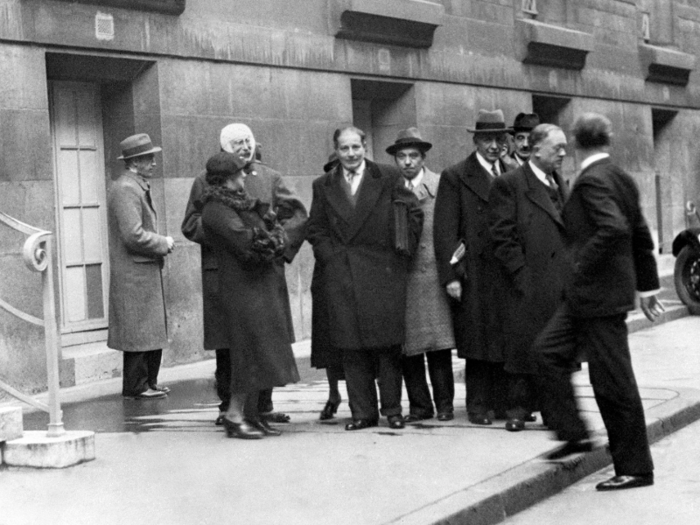
La Cagoule coordinated with foreign dictatorships, including the regimes of Mussolini in Italy and Francisco Franco in Spain.
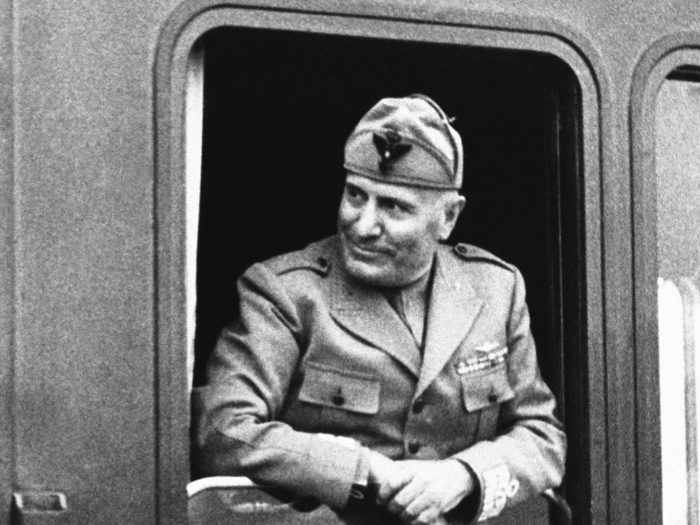
Historian Sean Kennedy wrote that the group even managed to blow up "two airplanes intended for the Spanish Republicans" at an airport.
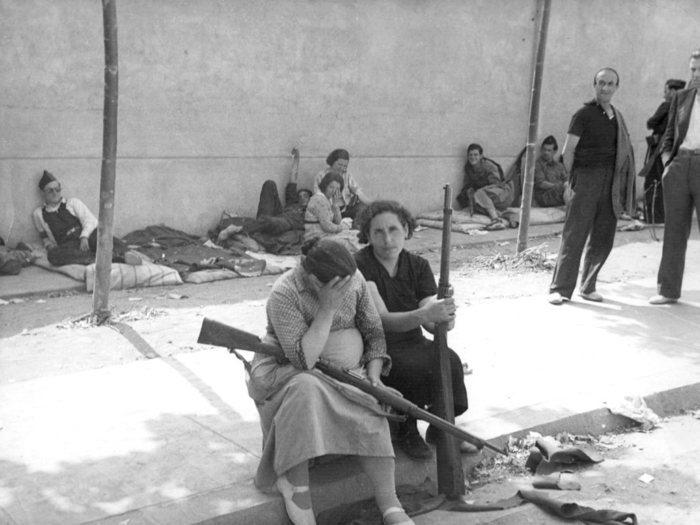
In an attempt to frame their communist enemies, La Cagoule also bombed two Parisian businesses. The explosions killed a pair of guards.
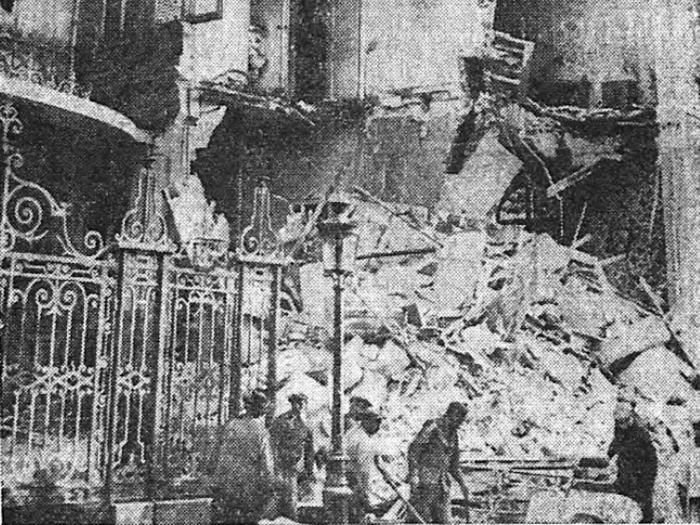
Historians Richard Bessel and Clive Emsley write that Cagoulards may have been responsible for firing the first shots that sparked off the Clichy massacre, which led to five deaths in 1937.
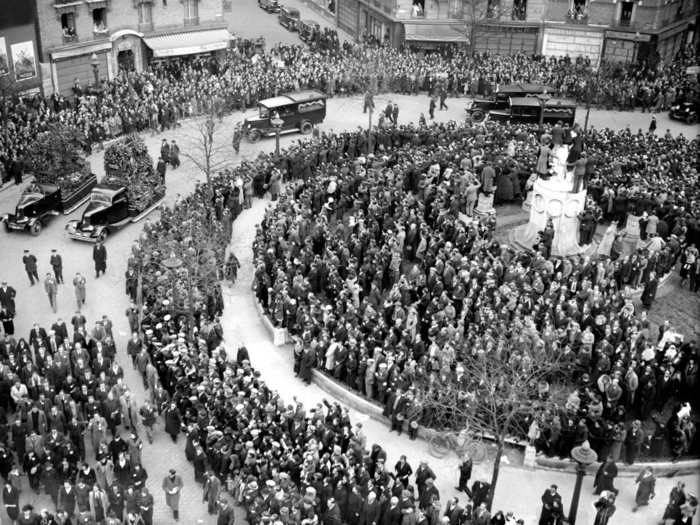
The conspirators actually brought about the largest loss of life after the movement was quashed. On January 27, 1938, 14 people were killed when a La Cagoule cache of 3,000 hand grenades exploded in Paris.
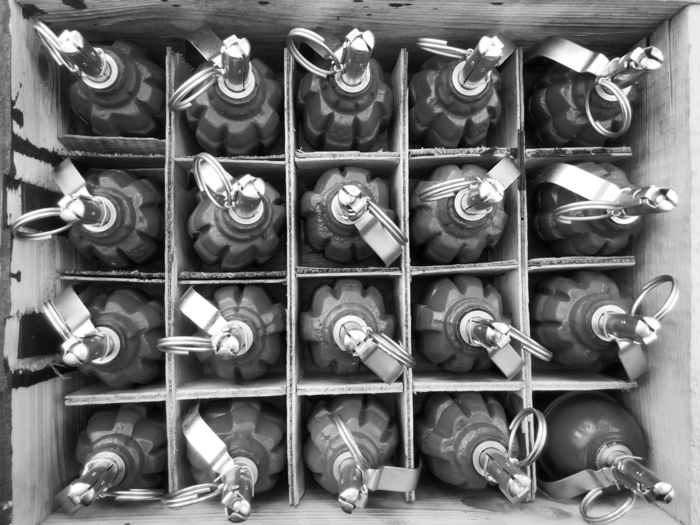
Source: The New York Times, Newspapers.com
The police had been in the process of moving the grenades, and the blast was so powerful that the New York Times reported that "the windows of houses nearly a mile around were shattered."
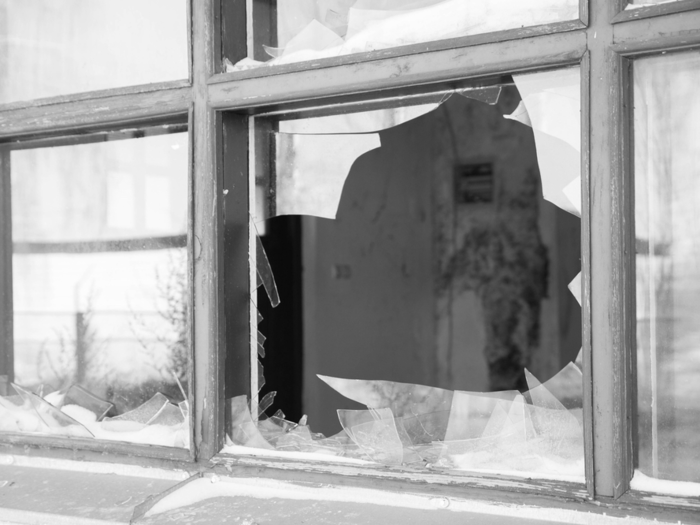
Source: The New York Times, Newspapers.com
Part of what allowed the society to spring up in the first place was the financial support of wealthy me. Finley-Croswhite and Brunelle write that the group's leadership also included "former army and naval officers, engineers, doctors and industrialists."
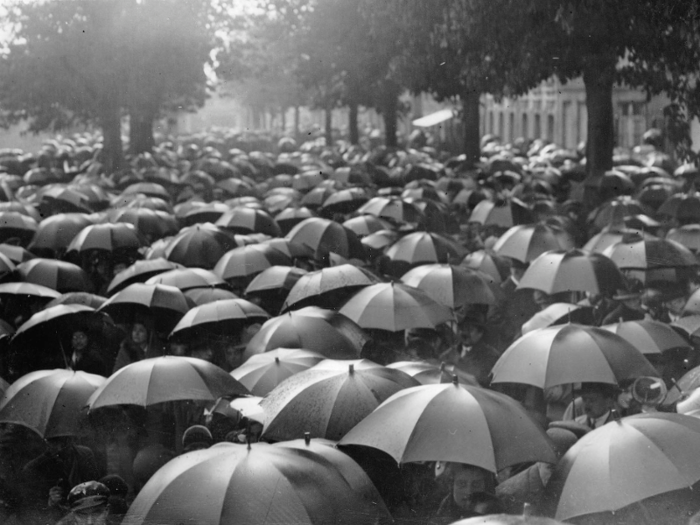
The movement attracted sons of "the most distinguished families in France" and the heads of Michelin and Lesieur Oil, too. Schueller himself was never directly linked to any of the group's violent campaigns.
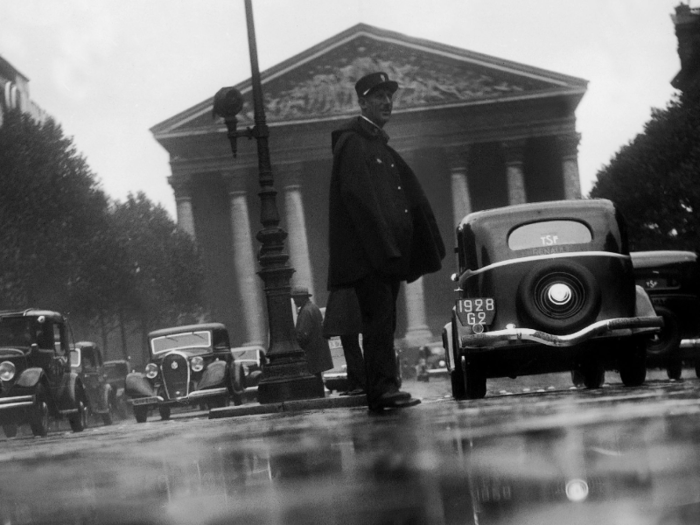
But whether or not Schueller was heavily involved with La Cagoule, he didn't have much time to back the group. Their initial reign of terror was short-lived. Thanks to the efforts of informants like Toureaux, the police had infiltrated the society. On November 15, 1937, the authorities pounced.
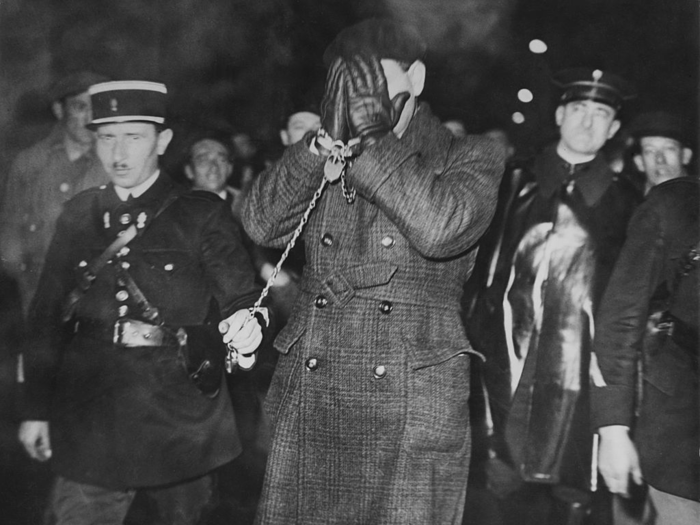
A total of 71 Cagoulards were arrested. Marx Dormoy, Blum's minister of the interior, was largely responsible for the operation that led to the exposure and dismantling of the secret society.
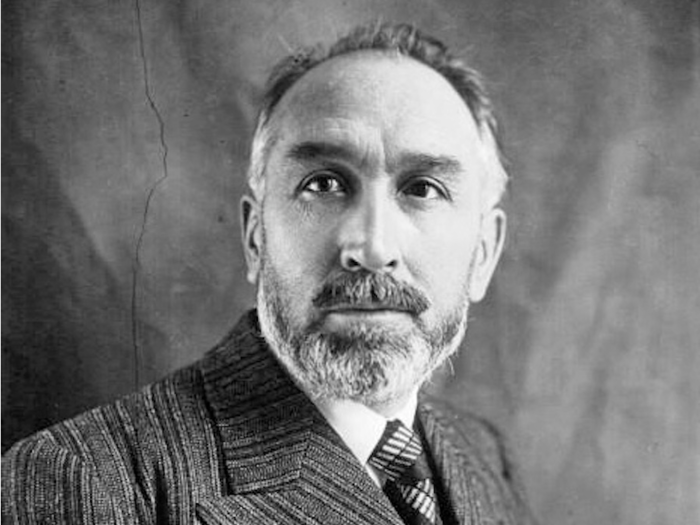
Police inspectors found that the secret society had amassed an arsenal of 500 machine guns and anti-tank guns and two tons of explosives before they were broken up.
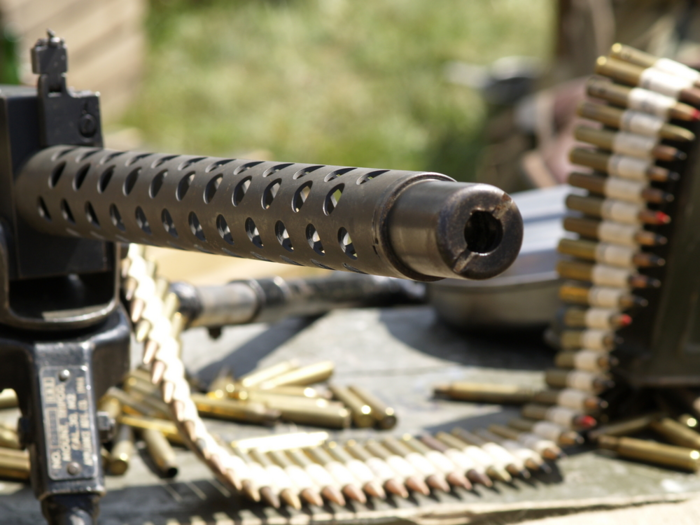
Source: "The Mammoth Book of Conspiracies"
Schueller was not one of the men arrested. Still, the exposure of the high-profile plot sparked much media coverage and public fascination. But France hadn't seen the last of the Cagoulards.
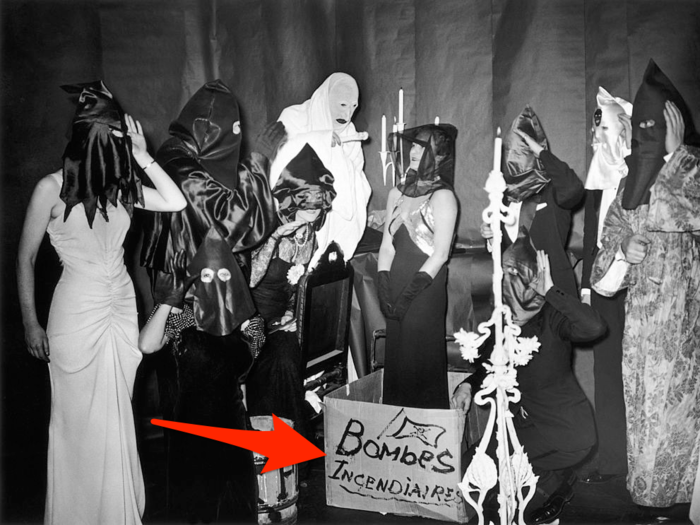
Source: "The Mammoth Book of Conspiracies"
Most of the plotters were given their freedom in exchange for military service when France went to war with Germany.
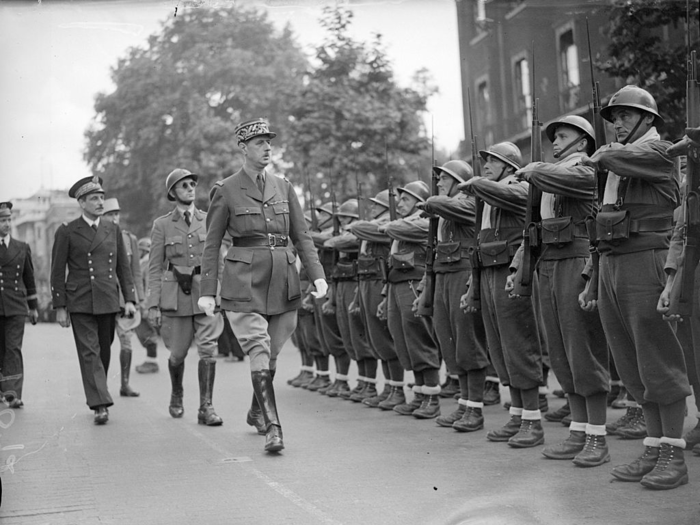
The year 1940 brought about the opportunity for some La Cagoule members to take their revenge, when Nazi Germany occupied the northern and western part of France.
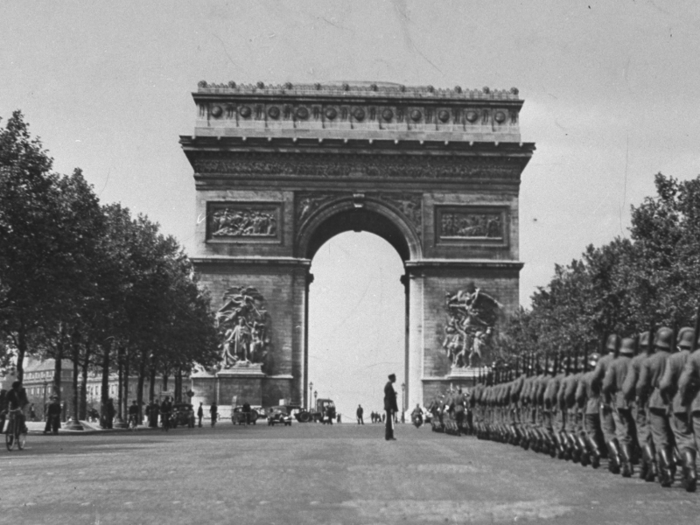
The southern and eastern half of the country was reorganized as the collaborationist Vichy regime.
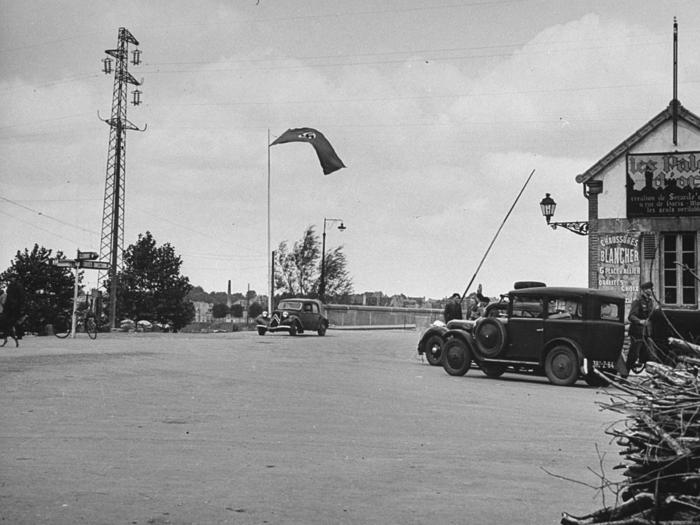
Just like France, the former Cagoulards also split after their country's crushing defeat at the hands of the Nazis.
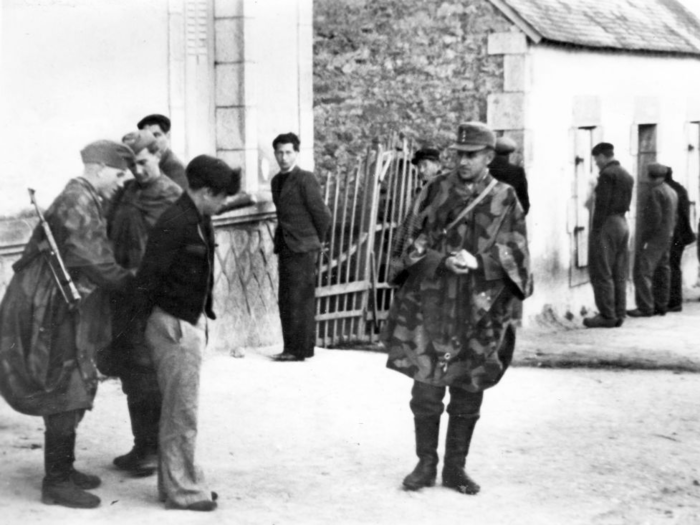
Some joined with the French Resistance ...
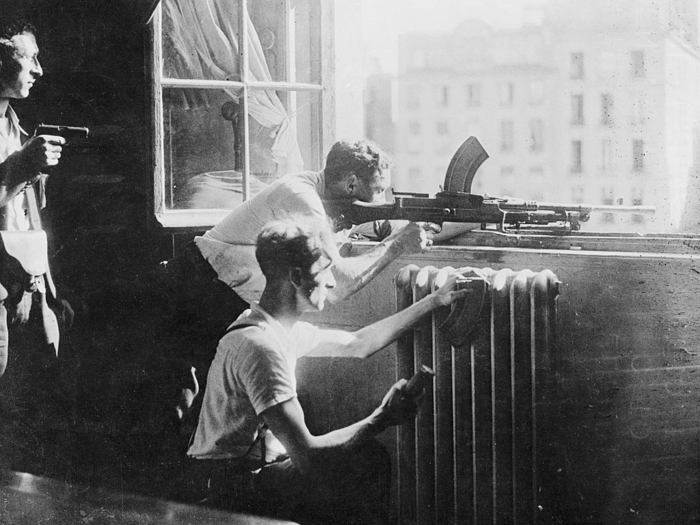
... while others began collaborating with Vichy France and the Nazis.
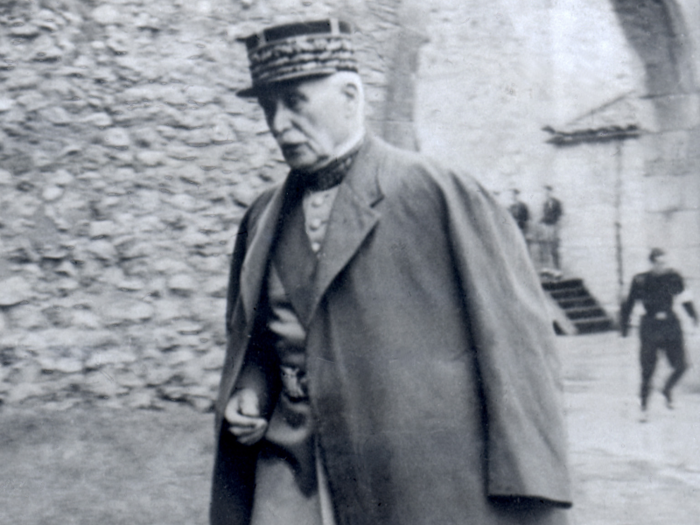
Despite his professed nationalistic views, Schueller fostered connections with the Nazi invaders. Historian Ruth Brandon wrote that the businessman's welcoming attitude toward the Germans was likely "prompted by a mix of practical necessity, economic evangelism, and political ambition."
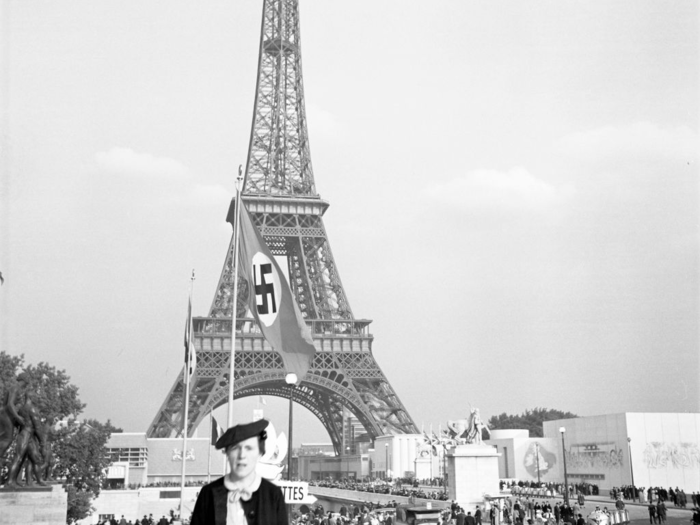
Schueller was even listed as a voluntary agent of Helmut Knochen, an SS commander who deported French Jews to Nazi death camps and ordered the execution of thousands of French Resistance fighters and non-combatant hostages, according to the Smithsonian.

Deloncle also fell in with the new regime. In 1940, he assembled to form the Mouvement Social Révolutionnaire, or MSR. The new group represented a "reincarnation" of CSAR, according to Brunelle and Finley-Croswhite, and even "reprised many of the same terrorist tactics they had employed in the interwar period."
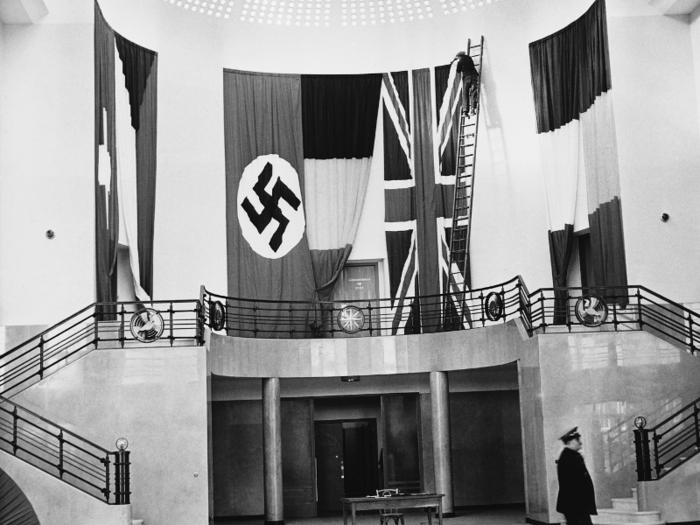
Under the new regime, MSR was able to operate more freely than La Cagoule ever was. And Schueller participated too, serving as the group's president and leader of technical commissions and research commissions.
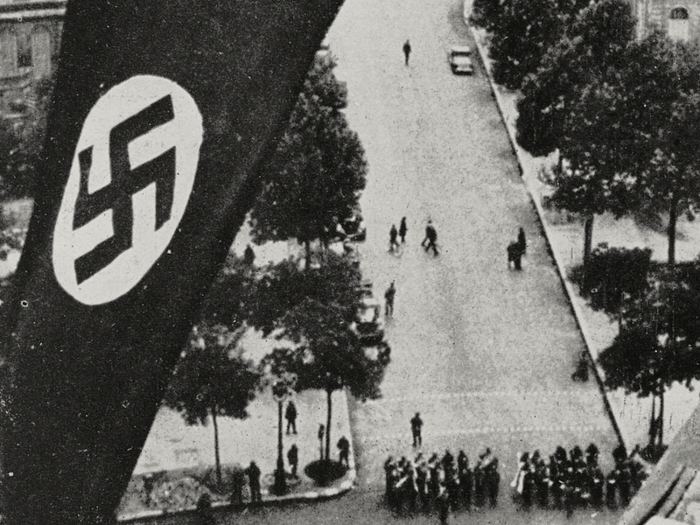
The group bombed synagogues and worked with the SS. They are also believed to be behind the 1941 assassination of Dormoy, the man who broke up La Cagoule in the first place. While in police custody, the former interior minister was killed by a bomb.
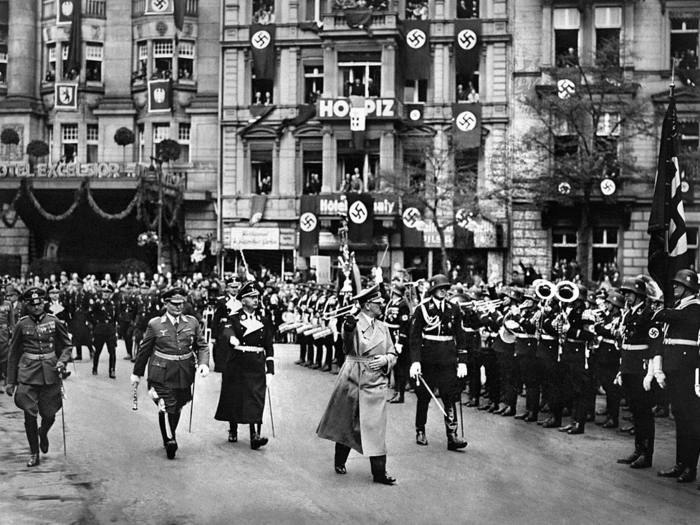
Source: New York Times
Schueller was never directly tied to any of the wartime group's violent activities. But Smithsonian magazine reported that his business flourished under the fascist state.
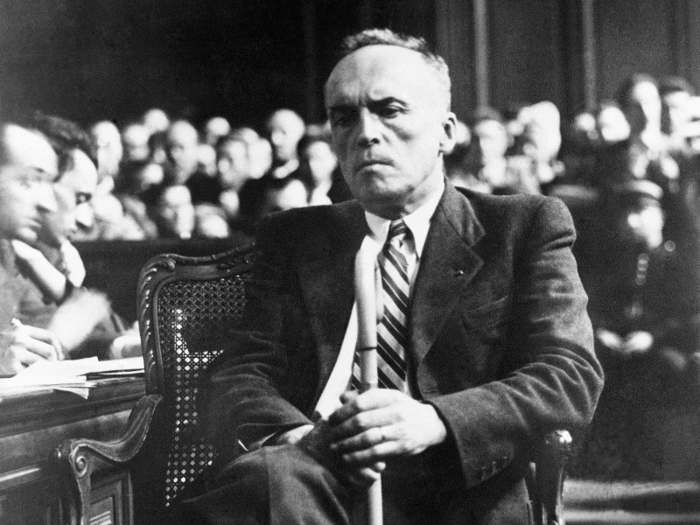
After the war, Schueller was investigated for collaboration. However, the businessman faced no serious consequences, aside from the occasional controversy in the press for his actions during the war.
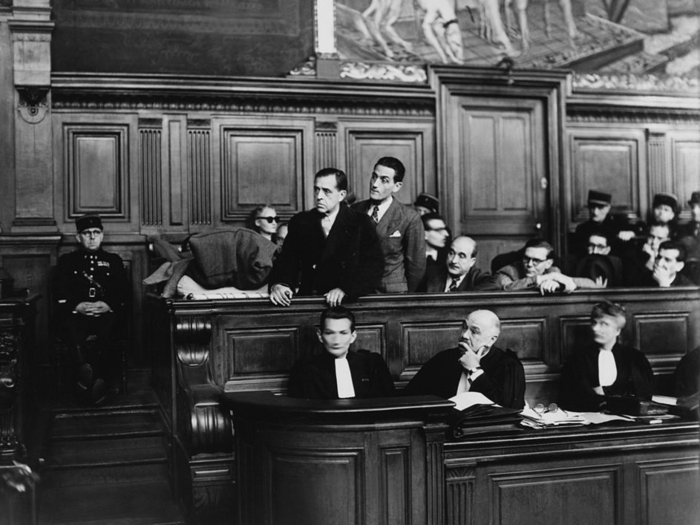
Source: "Vichy: An Ever-Present Past," Smithsonian
The Smithsonian reported that, in the initial post-war investigation into Schueller's actions, he defended his actions by claiming to have sheltered Jewish L'Oréal employees. In the decades after the war, the businessman continued to run L'Oréal, along with a number of other executives, like Jacques Correze and Deloncle's son Louis, who were also linked to fascism.

Source: "Vichy: An Ever-Present Past," Smithsonian
Got a wild, retail-related story from history? Email acain@businessinsider.com.
Popular Right Now
Popular Keywords
Advertisement